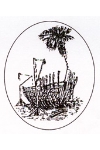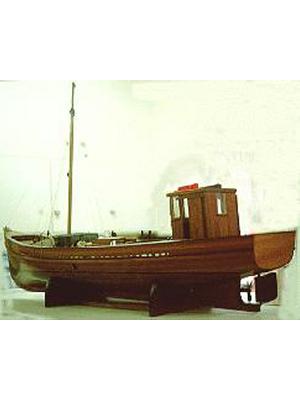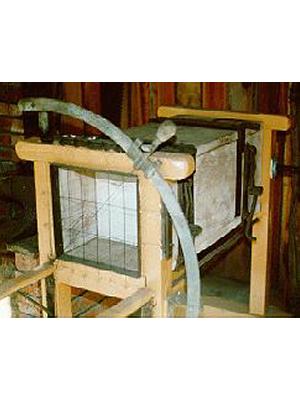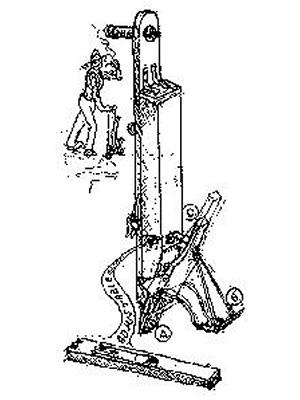The model was built by Lynn Nicholson in memory of his father and brothers who worked the fishing boat out of Wallis Lake. The fishing industry was established by Italian families in 1890s. Fish was washed in cane baskets from the fishing boats at the wharf in Tuncurry and then carried up the wharf and packed in wooden boxes and taken to Sydney by ships. Once the railway came to Taree in 1913 fish was transported by trucks to the trains. Fish is now transported to the Sydney Fish Markets by large transport trucks.
Great Lakes Historical Society Museum

The Great Lakes Historical Museum has a fine display of historic buildings from the Great Lakes area including the original National Bank at Forster (a 1940's cottage); the Tuncurry Public school, built in 1886; the Cheers family cottage, built in the 1940s; and the original Tuncurry police station lock-up which was used from 1948-59. In the grounds of the museum there is a typical 1960's fishing boat, a working windmill which pumps water for our lawns and various artefacts relating to the local history. The buildings have all been fully refurbished and contain interesting displays. The completion of a covered walkway along with the landscaping of our grounds, provides the visitors with an enjoyable venue to view the local history.
We have an electronic version of our book "The History of Tuncurry" by Elva Carmichael. The book tells the story of the Aboriginal people coming to Australia, some of their customs, European exploration and settlement, timber, shipbuilding, fishing, shipwrecks and the lives of some of the people that make up the history of the town of Tancurry. Also included in the book is some history of the villages of Darawank, Failford, Nabiac, Wang Wauk, Coolongolook and Krambach.
The web address is:
http://greatlakeshistorical.museum.com/welcome.htm
Subject:
Items
Ship model
Eldorado II

Butter slicing machine

The Upper Wallamba River Dairy Co-op was started in 1904 at Dyers crossing, which at the time was the centre of the Wallamba farming district. It produced average of one ton per week. It was the first Transported by boats to loading wharfs at Forster and Tuncurry then sent by ship to Sydney. The names of the first directors are names of families still, living in the area - Messrs. Lynch, Holstein, Newell, Weller, Wright, Deer and Paff.
Corn planter

The corn planter was used by early settlers who settled in areas along the Wallamba River at Darawank, Nabiac and Failford. Many were timber-getters, as there was a great demand for timber. Forest oak was used for shingles in homes, both locally and in Sydney. Dairying also became an important industry and milk was sent to the dairy factories in cream boats which travelled along the river systems.
Wedding dress
Dr. Joan Redshaw's Wedding Dress
Dr. Joan Redshaw set up practice in Nabiac in 1952. She attended the Nabiac Community Hospital which was officially opened in 1909 when Nabiac was a well established town with three churches, police station, school, post office, bookmaker, blacksmith, hotel and several general stores. Dr Redshaw graduated from Sydney University Medical School with homours in 1944. She stayed in Nabiac for many years before moving to Tuncurry. She was an active and interested member of the Hospital Association until her death in 1994.
Flagpole
Shipbuilding in the Wallis Lake area was one of the main industries and one of the first was started by John Wright, the founder of Tuncurry. He set up a timber mill and shipyard on the Northern Shore at Tuncurry. Henry Miles had a timber mill and shipyard on the Southern Shore of Wallis Lake at Forster. They both built log punts to carry the timber down the rivers to the mills. They also built sailing ships, steam ships and during World War II the Wright Shipyards built over 30, 45ft. Wooden tow boats for the United States Army.
